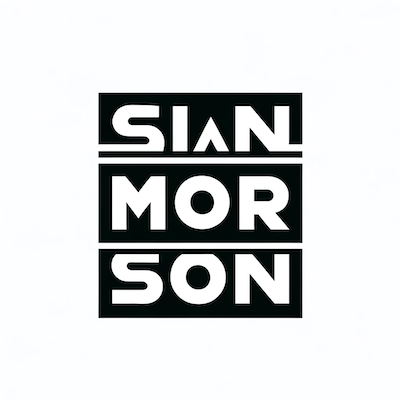Not an Allegory: Just a Group of Slightly Normal People
Bhare Boy, a Barbajian artist whose work I deeply admire, reached out to me via Twitter to ask me if I’d be willing to share some thoughts about a piece he’d just completed. Below are my thoughts.
**
In art, works that challenge the norms and provoke thought hold a unique place; They invite viewers into their world. “Not an Allegory: Just a Group of Slightly Normal People” was shared with me by BhareBoy, an artist that creates beautiful hand drawn pieces. This one immediately captivated me with its title and composition so I wanted to take a closer look to explore the themes and stylistic choices made by the artist.
Right out of the gate, the title itself serves as a contradiction of sorts. By asserting that the piece is not an allegory, it stirred my curiosity. The allegory is a foundational concept in art It is a method by which artists imbue their works with layered meanings and commentary on societal, personal, or mythical themes. Therefore, when an artist explicitly states that their work is not an allegory, it prompts an immediate reevaluation of the work. This contradiction is not simply a rhetorical statement but a strategic one. It serves, for me, an entry point into the artist’s narrative universe and challenges me as the observer to look beyond the surface.
The world created in this piece, on its face, is quite simple; a few characters appear, some not fully formed around a trash basket with the sun prominently shining above. To the side, there appears what looks like a yellow price tag “66€”. It should be noted that I believe the numbers have been inverted for some reason. This, for me, complicates the narrative. This “price” could be interpreted as a commentary on the value of art and its accessibility. Or perhaps, it questions the economic structures that govern the art market, suggesting a democratization of art ownership or, maybe even, satirizing the arbitrary valuation of art pieces. In any case, the mention of monetary value disrupts traditional expectations and engages with contemporary discussions around art’s commercialization and commodification.
The depiction of black characters with dreads introduces a critical dimension of racial and cultural representation. Dreadlocks are often loaded with historical, cultural, and political significance, especially within the black community. They are a symbol of identity and resistance. The presence of these characters at the forefront of the piece introduces issues of visibility, identity, and the politics of representation. It raises questions about who is seen, who is celebrated, and whose stories are told in the spaces we inhabit, both physically and culturally.
The element of warm hands in the composition adds a layer of human experience and emotion. If these hands belong to individuals experiencing homelessness, as suggested, the artist extends the piece’s narrative to include themes of survival and human dignity amidst socio-economic adversity. The juxtaposition of warm hands under the sun paradoxically hints at the coldness of societal neglect, emphasizing the warmth of human connection and resilience in the face of hardship.
The inclusion of a shadowy figure with a coat at the far right of the painting introduces elements of mystery and ambiguity. This figure could represent the unknown, the unseen, or perhaps the alter ego of the visible characters, suggesting layers of identity and experience that lie beneath the surface.
“Not an Allegory: Just a Group of Slightly Normal People” is a beautifully layered work that defies simple categorization. Through its title and character representation, and symbolic elements, the piece invites viewers into a dialogue about identity, value, visibility, and the human condition.
By proclaiming itself as not an allegory, the artwork becomes an allegory for the complexities of daily life, challenging us to question and empathize with the experiences that shape our world. In the end, Bhare Boy’s refusal to adhere to traditional allegorical frameworks opens up a space for a more nuanced and inclusive exploration of what it means to be slightly normal in an increasingly complex and interconnected world.

